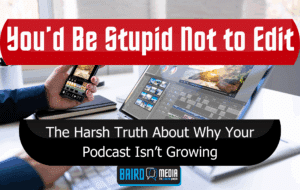
You’d Be Stupid Not to Edit – The Harsh Truth About Why Your Podcast Isn’t Growing
Raw recordings don’t convert. Editing is where shows grow. See how our editing bundles and monthly plans turn chaos into a compelling, sponsor‑ready show.

A recent study by Maria Fitó-Carreras, Alfonso Méndiz-Noguero, and Montserrat Vidal-Mestre, published in Communication & Society, explores how brands use podcasts to convey their messages, offering a classification system that ranges from subtle, brand-free content to overtly persuasive narratives.
A branded podcast is a type of audio content created or co-produced by a brand to communicate its values, engage with its audience, and build brand awareness.
Unlike traditional advertising, branded podcasts aim to provide value—whether through entertainment, information, or education—without directly pushing products or services.
The goal is to build a relationship with listeners by offering content that aligns with the brand’s identity while minimizing overt commercial messaging.
The study categorizes branded podcasts into three main types based on the degree of brand presence within the narrative:
These podcasts have minimal to no brand presence within the content.
The brand might be subtly referenced or entirely absent from the narrative, allowing the content to stand on its own.
For example, a podcast created by a toy company might tell a story that engages children without ever mentioning the brand or its products.
The key here is to focus on content that resonates with the audience, fostering brand association through the values and experiences portrayed.
In this category, the brand has a more visible presence, often through representatives who participate in the storytelling or discussions.
These podcasts still prioritize valuable content over direct marketing, but the brand’s influence is more noticeable.
For instance, an IKEA podcast discussing sleep science might feature an IKEA representative explaining how their products can improve sleep quality, subtly linking the brand to the topic.
At the other end of the spectrum are podcasts where the brand presence is strong, with clear persuasive intentions.
These podcasts might include conventional advertising techniques like product mentions or endorsements within the narrative.
While these can be effective in promoting specific products or services, they run the risk of alienating listeners who prefer less intrusive content.
Understanding these classifications helps brands and content creators make strategic decisions about how they want to engage with their audience.
The study emphasizes that while the line between content and advertising can be blurred, maintaining a balance is crucial for long-term listener engagement.
Brands that offer value-driven content without overwhelming their audience with commercial messages are more likely to build trust and loyalty.
For podcast creators and marketers, this research provides a framework for developing branded content that aligns with their goals.
If your aim is to build brand awareness and foster a positive image, opting for a pure or participative branded podcast might be the best approach.
However, if you have a specific product to promote, an intrusive branded podcast could be more effective, provided it’s done thoughtfully to avoid turning off your audience.
As the podcasting landscape continues to evolve, branded podcasts offer a unique opportunity for brands to connect with consumers in a less intrusive, more engaging way.
By carefully considering the level of brand presence in your podcast, you can create content that not only resonates with your audience but also enhances your brand’s reputation.
For more insights into podcasting and branded content strategies, visit Baird Media.
This article is based on the study “Branded Podcast Classification Proposal Based on Brand Presence in the Narrative: From Brand-Free to Persuasive” by Maria Fitó-Carreras, Alfonso Méndiz-Noguero, and Montserrat Vidal-Mestre, published in June 2024 in Communication & Society (Vol. 37, No. 3, pp. 161-176).
Your voice is your brand. Your podcast should sound like it.
We help creators, coaches, and businesses make shows that stand out – for the right reasons.
Book a free consultation and let’s build something powerful.

Raw recordings don’t convert. Editing is where shows grow. See how our editing bundles and monthly plans turn chaos into a compelling, sponsor‑ready show.
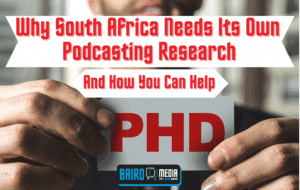
Most podcasting research comes from the US and Europe, ignoring South Africa’s unique challenges and opportunities.
This new PhD study will gather real data from local indie podcasters to help grow the industry, advocate for support, and guide future development.
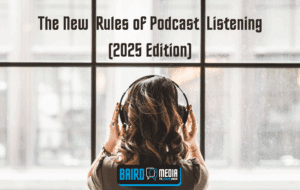
Podcast listening has changed dramatically since the commute-driven days of the 2010s. In 2025, it’s a screen-friendly, all-day, at-home habit—shaped by remote work, video, and a broader, more engaged audience.
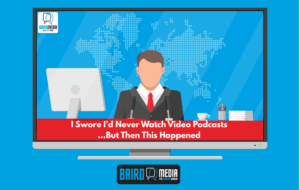
A personal and slightly painful confession from a lifelong audio purist who’s slowly being seduced by the world of YouTube podcasts. This article explores the blurry line between audio and video, and why even the most stubborn podcasters (yes, like me) might need to rethink their stance.

In this article, I explore whether South Africa truly needs legislation for podcasting, reflecting on the intent behind the 2025 Draft White Paper and its potential pitfalls. I argue for thoughtful, inclusive regulation that protects creative freedom while supporting the growth of an emerging industry.

In this brutally honest (and slightly sarcastic) breakdown, I unpack why most interview podcasts fail and exactly how to fix yours. From lazy questions to rambling intros, weak editing to forgettable guests, this is your no-fluff guide to making interviews worth listening to.

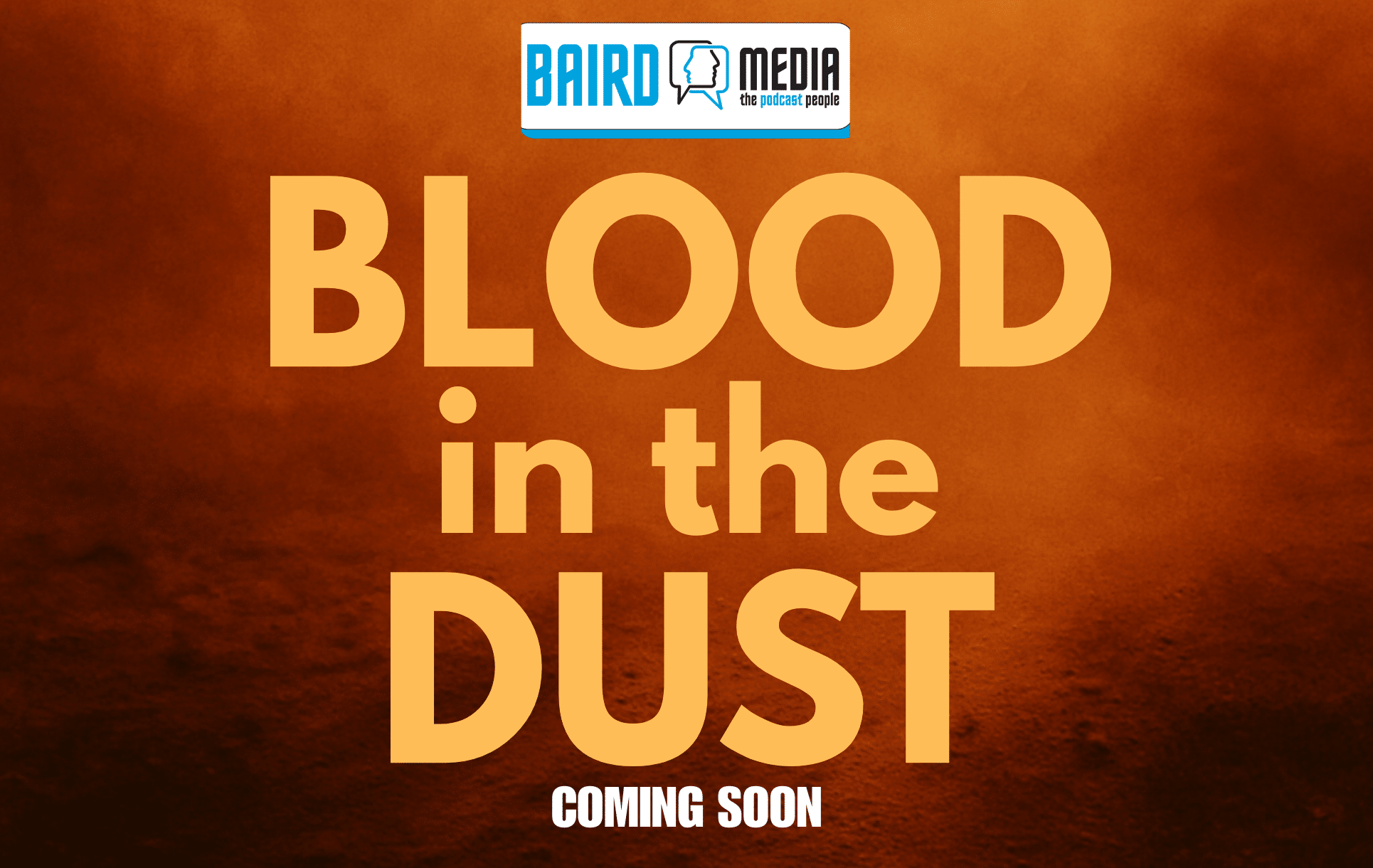
© Baird Media 2025